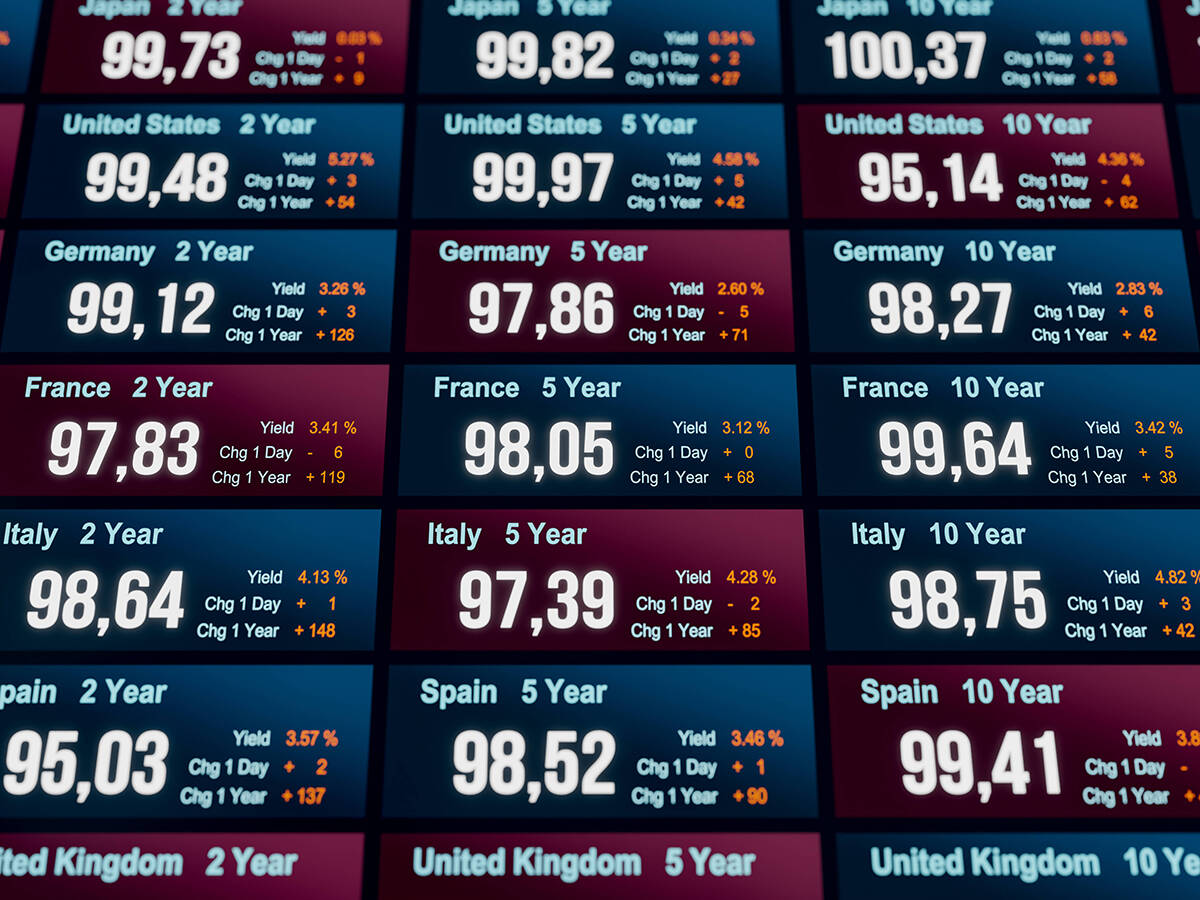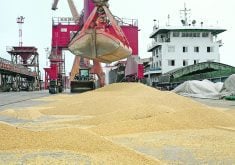Bond markets continue to be volatile as they become concerned about debt financing by most governments in advanced economies.
The main concern is for the U.S. debt and the current budget situation, but bond markets across the globe are also being affected. A global economic slowdown is expected to put pressure on the bond markets in the coming months.
The U.S. bond market is of most concern because budget deliberations are still unclear.
Read Also

Flax sector sees omega-3 opportunity
SASKATOON — A global shortage of omega-3 oils could be an opportunity for the flax sector, says an industry official….
The bottom line is that the budget is expected to add US$3 to $6 trillion to the U.S. debt, depending on which version is eventually passed.
This will push the current debt-to-gross domestic product ratio of slightly less than 100 per cent to between 125 and 130 per cent.
This will eclipse the previous high, which was set during the Second World War. It is pressuring the long-term bond rates (30 year), which are trading at slightly less than 5.2 per cent. It is the highest U.S. long bond rate since 2007.
Concerns are not isolated to the United States. The United Kingdom, Germany and Japan are also experiencing a rise in their long-term bond rates. It is a sign that investors are becoming very nervous about the increased debt levels across the globe.
The Canadian dollar has weathered the stress from the bond markets quite well, with the nearby futures trading at slightly less than US73 cents. This is the highest level for the loonie since late October.
Ironically, the U.S.’s spendthrift “one big bill” is responsible for the recent rise in the loonie as markets begin to question whether the country will ever return to responsible fiscal policy. That is causing bond investors to move out of U.S. treasuries and into bonds from other countries.
One of my favourite quotes from Warren Buffet is, “only when the tide goes out do you discover who’s been swimming naked.”
When the economic slowdown happens later this year, the tide will go out and bond vigilantes will be on the prowl as economies begin to slow. This feels like a return of the bond vigilantes that unsettled markets in the 1980s and 1990s.
The lesson from this period is certainly that as a country, managing debt load will be of primary importance.
Unlike the 1990s, Canada is unlikely to be the primary target of the vigilante action, but we still need to be cautious.
The country will increase its deficit spending over the next couple of years to support the economy from the negative impacts of the U.S. tariff regime.
We need to make sure that the spending is targeted and will provide long-term benefits for the country. The government needs to be very smart with allocating its spending in the coming years.















